(Disclaimer: I am not familiar with the text processing extension, in case the terms and sentences are from those and not compatible with strings, I hope someone else can help you.)
You can create rules from the terms (I am assuming none of those contain " symbols) using the String Manipulator node like the following:
join("$yourSentenceColumn$ MATCHES \".*?\\Q", $yourTermColumn$, "\\E.*\" => TRUE")
In case your terms contain quote symbols (but you do not want them in matching):
join("$yourSentenceColumn$ MATCHES \".*?\\Q", removeChars($yourTermColumn$, "\""), "\\E.*\" => TRUE")
This is similar to my answer of your previous question, the only addition is the \Q and \E quoting patterns.
After this, you can use these in the Rule-based Row Filter (Dictionary) or Rule-based Row Splitter (Dictionary) nodes as a rule column. (I have not tried this time, but should work.)

 I have a table that contains several rows of terms and I want to filter rows from the second table that contains these terms in a sentence. Does anyone have an idea how can it be done.
Thank you
I have a table that contains several rows of terms and I want to filter rows from the second table that contains these terms in a sentence. Does anyone have an idea how can it be done.
Thank you